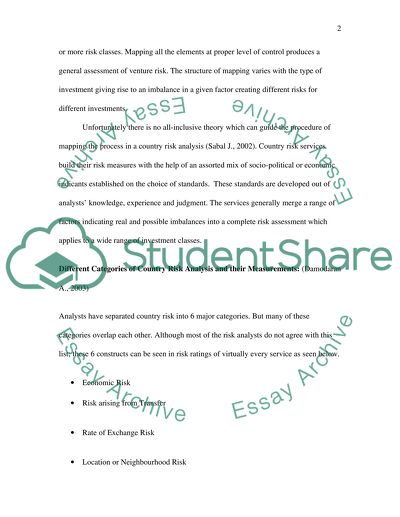Cite this document
(“Can country risk analysis be quantifiedShould CRA be quantified Essay”, n.d.)
Retrieved de https://studentshare.org/miscellaneous/1551850-can-country-risk-analysis-be-quantifiedshould-cra-be-quantified
Retrieved de https://studentshare.org/miscellaneous/1551850-can-country-risk-analysis-be-quantifiedshould-cra-be-quantified
(Can Country Risk Analysis Be QuantifiedShould CRA Be Quantified Essay)
https://studentshare.org/miscellaneous/1551850-can-country-risk-analysis-be-quantifiedshould-cra-be-quantified.
https://studentshare.org/miscellaneous/1551850-can-country-risk-analysis-be-quantifiedshould-cra-be-quantified.
“Can Country Risk Analysis Be QuantifiedShould CRA Be Quantified Essay”, n.d. https://studentshare.org/miscellaneous/1551850-can-country-risk-analysis-be-quantifiedshould-cra-be-quantified.


